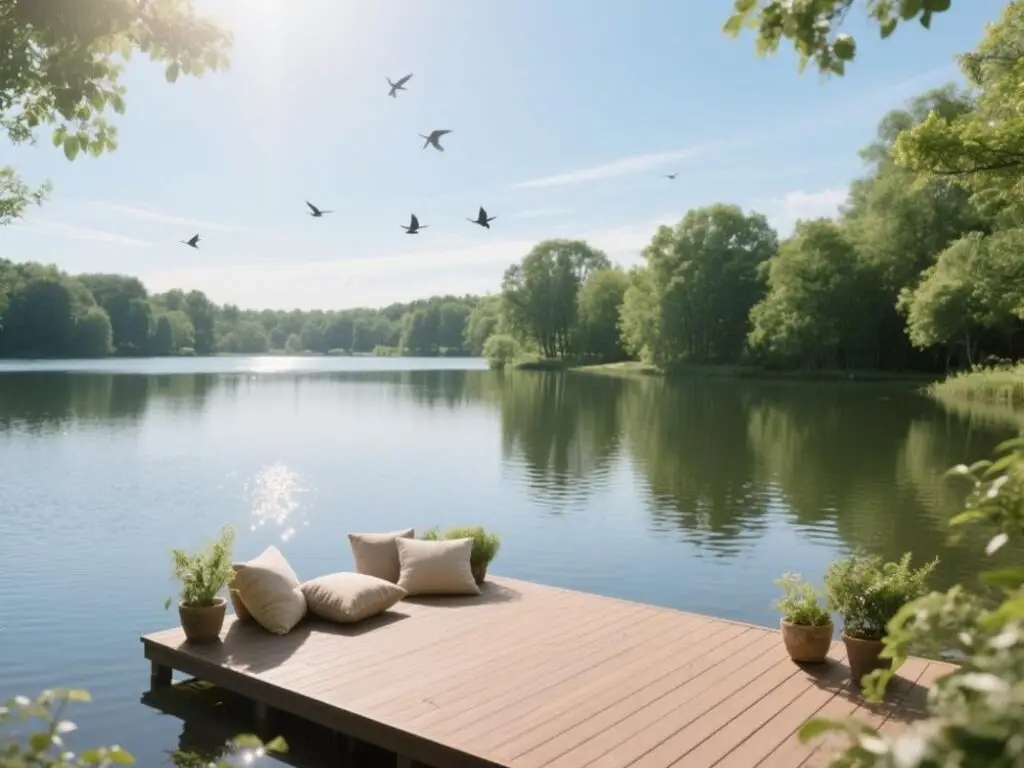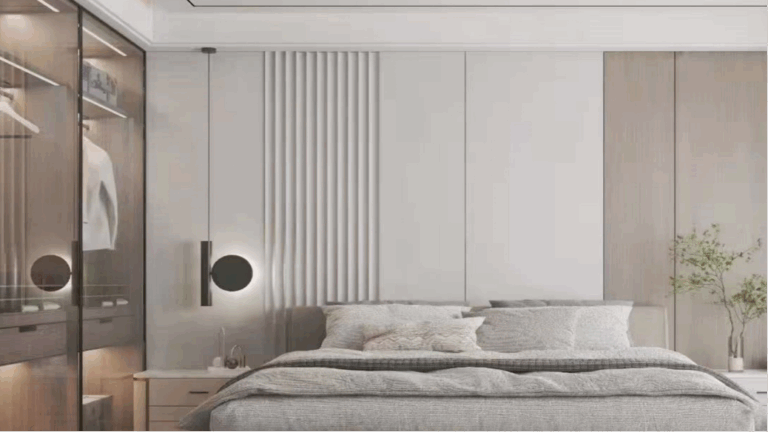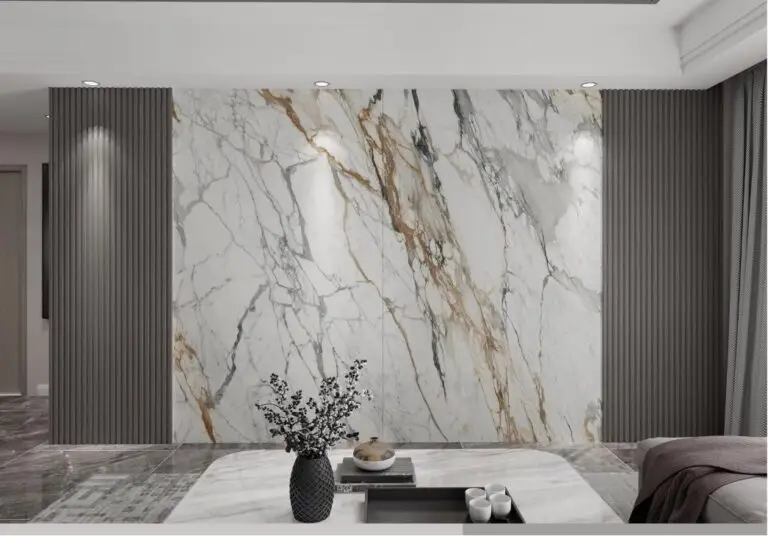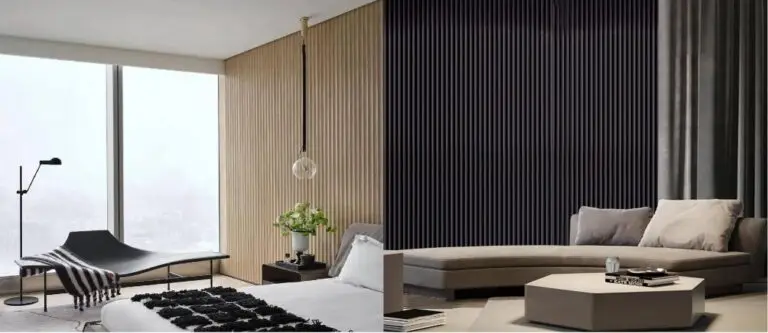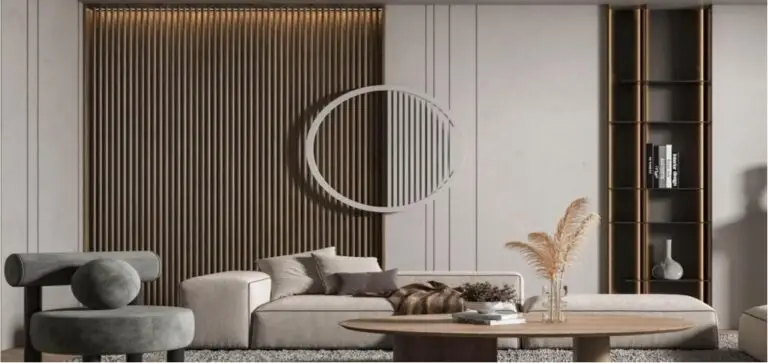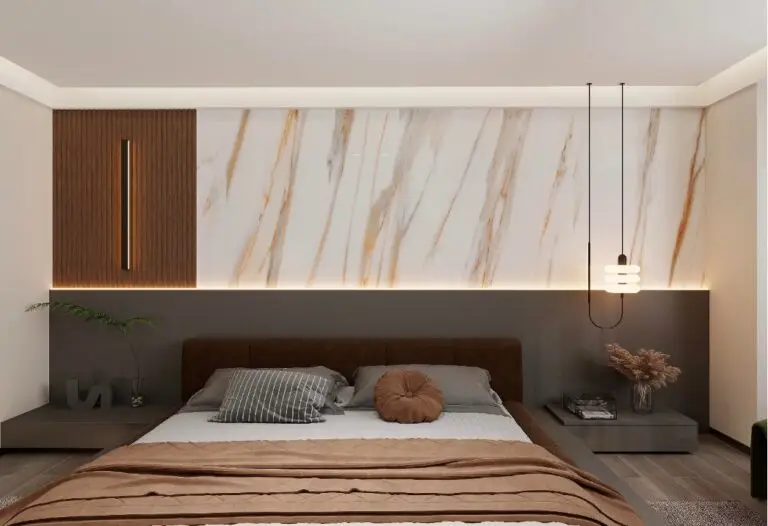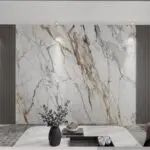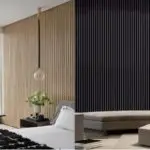Wood Plastic Composite (WPC) decking redefines alfresco living by harmonizing resilience with eco-conscious design. Below, we unveil five lesser-discussed perks backed by hard data and niche applications.
- Weather Defiance That Outlasts Traditional Timber
WPC decking scoffs at rain, UV rays, and temperature swings. Its polymer-wood matrix repels moisture absorption, a key culprit behind wooden deck warping. A 2023 study by the National Association of Home Builders (NAHB) revealed WPC maintains 92% dimensional stability after decade-long exposure, versus 67% for pressure-treated pine.
Real-World Proof: Coastal resorts in Miami report zero WPC replacements since 2018, while timber decks required refurbishment every 5–7 years.
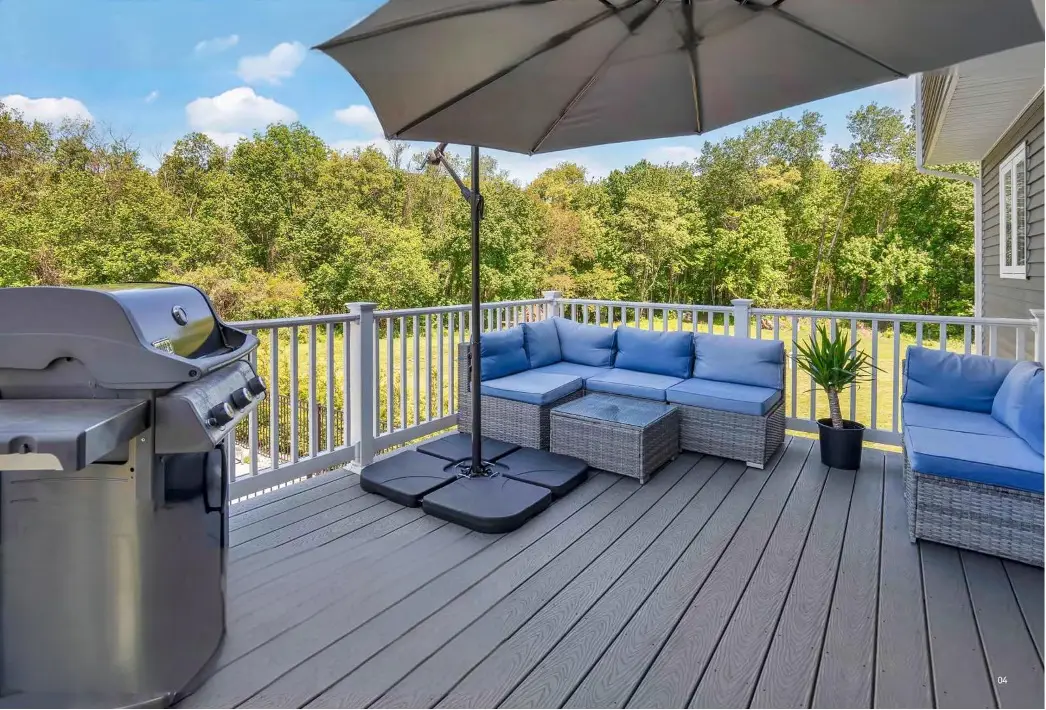
- Splinter-Free Sanctuary for Barefoot Bliss
Parents and pet owners champion WPC’s smooth, non-abrasive surface. Unlike wood, it eschews splinters entirely—a feature validated by ASTM F2200 slip-resistance ratings. The European Playground Safety Council (2022) recorded a 41% drop in outdoor splinter injuries after schools switched to WPC decking.
Pro Tip: Textured WPC variants like Trex® Transcend® mimic wood grain while retaining a 0.3mm surface roughness score (under 1.0mm safety threshold).
- Carbon-Neutral Aesthetics Without Logging Guilt
WPC decks recycle 1.2 million tons of plastic waste annually—equivalent to 24 billion grocery bags (Plastics Industry Association, 2024). Brands like TimberTech source 85% of wood fibers from sawmill residues, preserving old-growth forests.
Hidden Perk: CarbonStored.org calculates a 20m² WPC deck offsets 340kg CO2 by upcycling waste, rivaling bamboo’s eco-cred.
- Heat Mitigation in Scorching Climates
Innovative WPC formulations now combat the “hot deck” stigma. Arizona-based manufacturer MoistureShield® integrates reflective ceramic beads, slashing surface temps by 35°F versus conventional composites (2023 lab tests).
Data Point: Phoenix homeowners using CoolDeck™ WPC measured 101°F on summer afternoons, while traditional decks hit 136°F—a game-changer for barefoot use.
- Vermin-Proof Longevity in Humid Zones
Termites and fungi meet their match. WPC’s inorganic polymer base starves pests of cellulose, a fact underscored by Singapore’s Housing Board mandating WPC for all elevated decks since 2021.
Case Study: Malaysia’s Langkawi Island resorts saw termite-related deck repairs plummet from 73% to 4% post-WPC adoption (Pest Control Association of Asia, 2022).
Bonus: SEO-Optimized Maintenance Hacks for WPC Decks
Stain Erasure: Blot red wine spills within 10 minutes using baking soda paste (per Good Housekeeping 2024 tests).
Mold Prevention: Annual vinegar-water sprays curb algae in shaded areas without harsh chemicals.
Scratch Camouflage: Rub walnuts on minor scratches—the oil masks blemishes naturally (Consumer Reports hack).
Why Global Architects Shift to WPC
From Dubai’s solar-powered villas to Vancouver’s rain-soaked terraces, WPC decking claims 29% of the global outdoor flooring market (Grand View Research, 2024). Its fusion of Cradle-to-Cradle certification and tactile warmth makes it the silent disruptor in sustainable construction.

